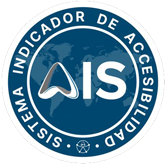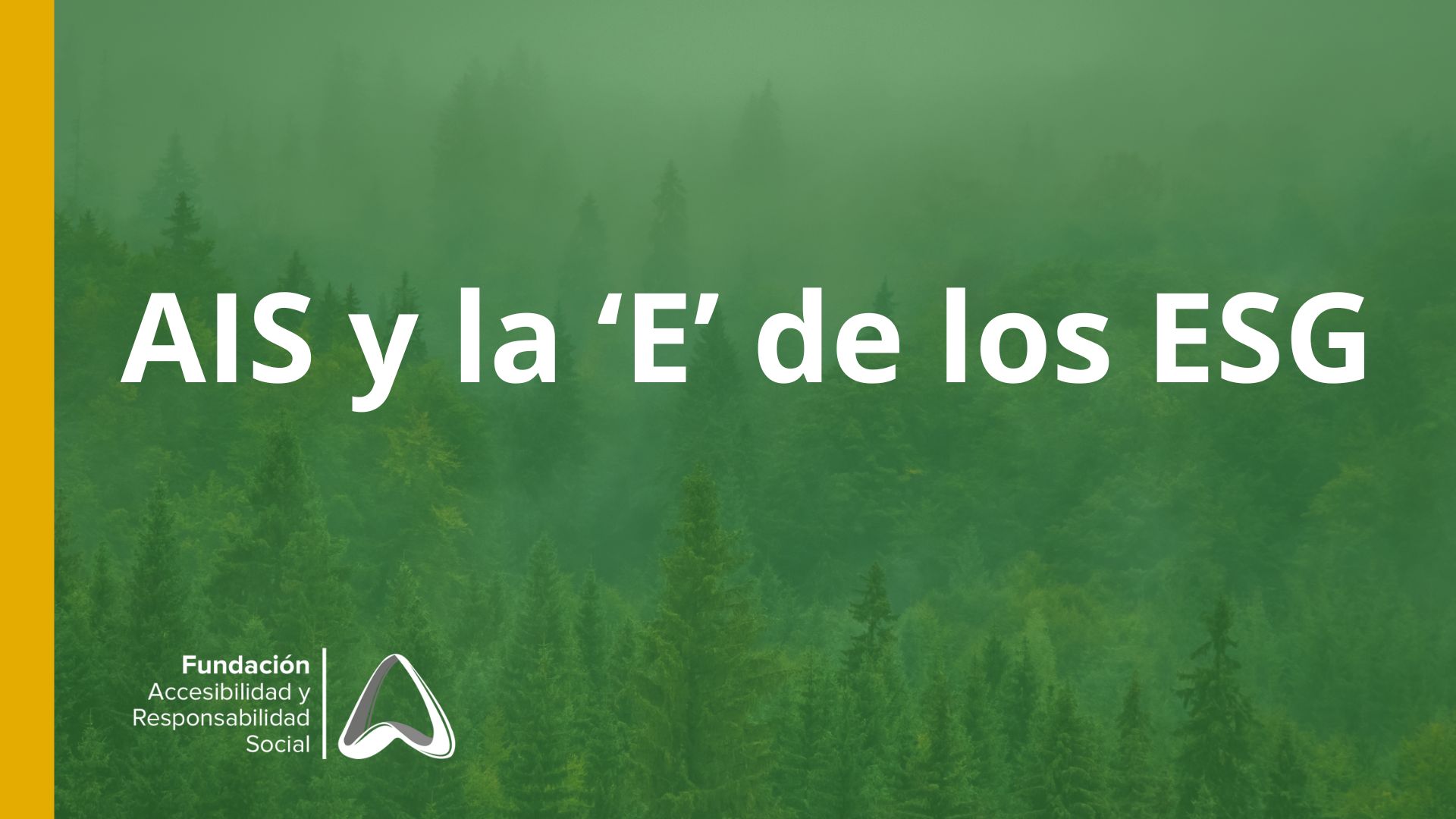Although accessibility is usually associated with the ‘S’ of the ESG criteria (Environmental, Social and Governance), the truth is that there are also links with the ‘E’, since accessibility promotes the sustainable design of spaces, crisis management with an inclusive vision, and other aspects. In this context, the AIS certificate becomes a reliable tool in the planning and materialization of these objectives.
What are the aspects of the ‘E’ that AIS impacts?
Inclusive design and environmental sustainability:
Accessible spaces tend to be more sustainable in the long term, as they require fewer modifications to adapt to different user needs. Incorporating accessibility from the beginning of a project involves planning that avoids future costs and construction, which is an environmentally responsible approach.
The AIS certificate includes a Prequalification protocol, which applies to construction or renovation projects, as well as a maintenance protocol, which, after the issuance of the certificate, ensures that the conditions are maintained year after year.
Sustainable and inclusive mobility:
Promoting universal access to public transportation and sustainable urban environments improves energy efficiency and reduces the carbon footprint. For example, an accessible public transportation system avoids the use of private transportation by people with disabilities, reducing emissions.
The AIS certificate has a specific modality to evaluate the Urban Environment or IPA (Accessible Pedestrian Route), and its indicators can be applied to transportation and mobility.
Climate change and vulnerability:
People with disabilities are more vulnerable to natural disasters and climate change. Therefore, it is essential to take into account accessibility in aspects such as evacuation. Precisely, one of the functional areas verified by the AIS standard is autonomous or assisted evacuation.
By integrating AIS into the sustainability policies of companies, not only the social dimension is strengthened, but also inclusive environmental resilience is demonstrated.
Is there a way to measure these aspects?
Monitors such as GRESB have E indicators that intersect with AIS certification such as:
- P01 Environmental Policy: Universal accessibility commitments can be included as part of a sustainability policy for spaces (accessible interiors and exteriors, inclusive climatic comfort).
- RM1 Environmental Management System (EMS): It is important to incorporate accessibility criteria in the EMS, including preventive maintenance of accessible elements.
- RM3 Risk Assessments: Consider the importance of assessing the vulnerability of people with disabilities to extreme events, such as floods or extreme heat, and adapting evacuation systems to be autonomous or assisted.
- BC1.2 Building Certifications: Social/Green: AIS scores in GRESB, as do other certifications such as BREEAM or WELL.
- T1 Tenants & Occupiers Engagement and SE1 Stakeholder Engagement Policies: within the Strategies to engage building users or stakeholders in sustainability, workshops or accessible materials on energy efficiency and sustainability can be developed.
Integrating accessibility into corporate sustainability policies not only strengthens the social dimension, but also demonstrates inclusive environmental resilience, avoids future costs or spills, and improves GRESB performance, particularly in management and certification indicators.

